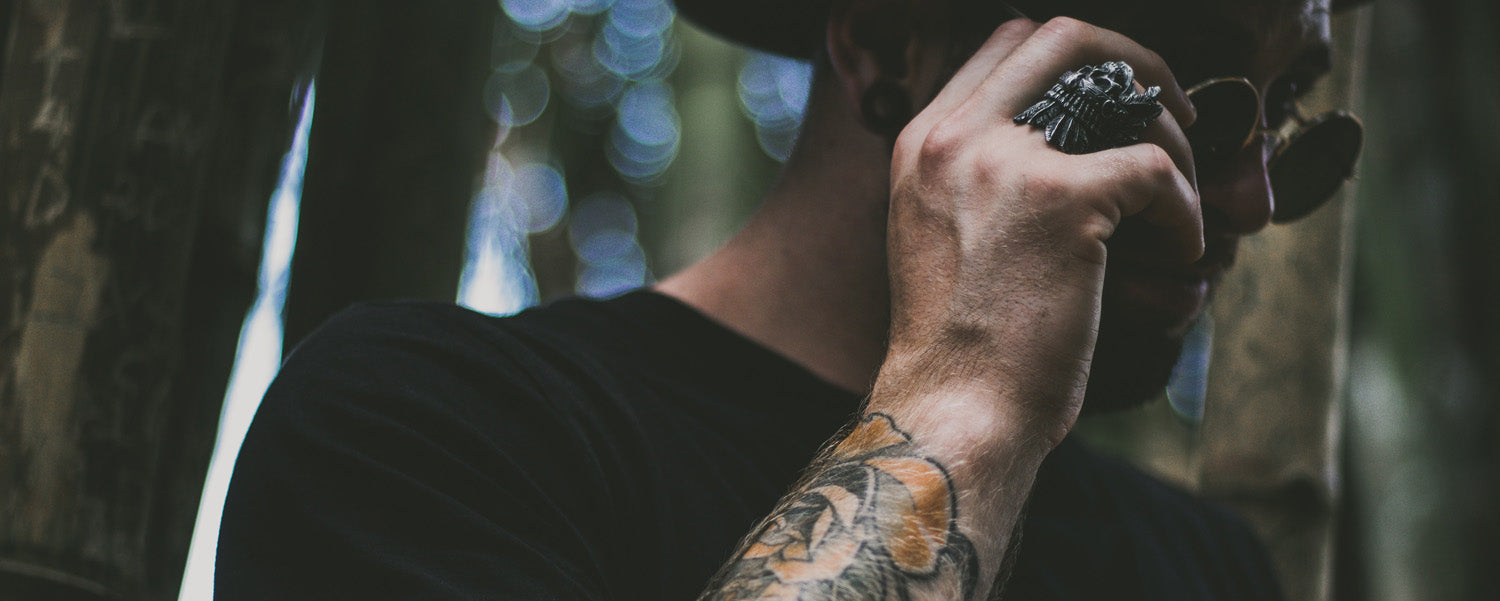At TattooNumbx, we’ve helped many go through pain-free procedures with our tattoo numbing cream solution.
However, despite this being beneficial to many, people still miscomprehend the possibilities of tattoo scars.
Without question, it’s common and can be minimised significantly by following a few simple techniques. To discover this, read the below;
What do tattoo scars look like?

After you receive a tattoo, it should take around 2 to 3 weeks to heal (roughly). Once these weeks have passed, the artwork will be clear and flush against the skin. Although some discolouration might be for longer, it shouldn’t be a maximum of 6 months.
Because of how a tattoo works, skin can easily scar if the correct aftercare doesn’t occur. Therefore, tattoo scars can occur during the healing process. In this event, it can appear discoloured, non-smooth, and generally like a scar.
However, many misunderstand the difference between tattoo scars and the normal healing process. If it’s your first tattoo, the likelihood of this occurring is high. To ensure this doesn’t happen, become knowledgeable in the following section.
The difference between tattoo scars and the normal healing process
New to tattooing and think you’re getting a scar? As a Tattoo Numbing Cream company, we’ve helped many newcomers fight the pain of tattoos. Therefore, we know a thing or two about newly tattooed concerns.
At TattoNumbx, we always see people get mixed up between tattoo scars and the normal healing process. Although they can sometimes look similar, they’re opposite to one another.
However, there are a few symptoms that can appear when your skin isn’t healing correctly;
- Raised skin – After the 2-to-3-week healing process, if your skin appears raised, it has a build-up of scar tissue. Once these weeks have passed, they should appear flat and embedded into the skin.
- Discolouration – When you get a tattoo, you’ll undoubtedly see red or pink discolouration. This is entirely natural because of the irritation caused to the skin. However, it shouldn’t last forever. Ideally, this should be clear during the healing process.
- Extended healing time – Depending on who you ask, people will say it takes 7-10 days or 2-3 weeks for a tattoo to heal (sometimes even longer). If it takes longer than the tattooist’s recommended healing time, it could mean scarring tissue is present.
Additionally, in severe circumstances, a tattoo could swell or ooze liquid, showing signs of an infection. If you encounter either of the above, you need to seek medical help and get a proper examination of that tattoo’s state.
What causes tattoo scarring?
Tattoo scars can present themselves because of the procedure’s nature. The needle enters the skin to place the ink, which essentially micro-cuts the skin. Therefore, tattoo scarring appears from the normal scarring process.
Scars form when the dermis (aka the thick layer of skin) is damaged. When this occurs, the body forms collagen fibres to mend the damaged skin. As a result, collagen fibres can build up significantly and develop a scar.
What causes these fibres to build up besides how it generally forms?
- Genetics – Our bodies aren’t built the same, and some people suffer from scarring more than others. If your body has a hard time healing wounds and blisters, then it’s a high probability that scarring can occur after a tattoo.
- Infections – Aftercare should be taken onboard seriously when getting a tattoo. After the procedure, a tattooist will tell you all about this. If this doesn’t get cared for adequately, infections are prominent and can cause unpredictable outcomes.
- Scab peeling – Scabs can appear as the skin is repairing itself during the healing process. However, it can become tempting for many to start peeling this but don’t. It can cause further damage to the scar and increase the chances of scarring.
- Overworking – Apart from how you care for the tattoo, the artist also plays a critical role in how it heals. If the artist overworks the tattoos and goes too deep into the skin with the needle, it can also increase the possibility of scars.
For the above information, it details three essential factors that play a vital role in tattoo scarring; genetics, aftercare, and the tattoo artist. Although you can’t do anything about genetics, think carefully about the other two.
How to fix tattoo scars
Preventing scars from occurring is the best way to fix them. However, not all hope is lost if they’ve already occurred around the tattooed area.
Although scars are known to be stubborn and challenging to remove from the skin, there are still some solutions.
Without question, this highly depends on the severity. But trying the below solutions could showcase some benefits;
- Aloe vera – Applying aloe vera can help smooth the skin. Its natural skin-smoothing properties can lessen the chances and size of scars.
- Scar ointment – Apart from aloe vera, you can also use scar-specific cream. There isn’t any particular branding we recommend, but a good-quality one could be the better option.
- Moisturising – Before and after a tattoo, keep the skin moisturised. Dry skin tends to crack and bleed easier, leading to an increase in scars.
- Dermabrasion – If the scars don’t repair themselves with the above, you can consider dermabrasion. It’s a machine which essentially sands the top layer of skin and removes surface scars.
- Collagen injections – These are normally used to treat wrinkles, but can also help with scarring. This involves an injection to the affected area.
- Laser surgery – Although it’s known to remove tattoos, it can also lessen the appearance of scars. The process involves a high-energy laser that gets applied to the skin to burn the damaged skin.
Conclusion
After reading the above, you should understand how tattoo scars occur and tips on preventing this. Undoubtedly, you want to minimise this as it could affect the overall quality of the art.
Now you’re aware of these solutions, act on them. When getting a tattoo, find a well-known artist and take aftercare seriously. If you follow these two rules, scarring can get reduced dramatically.


